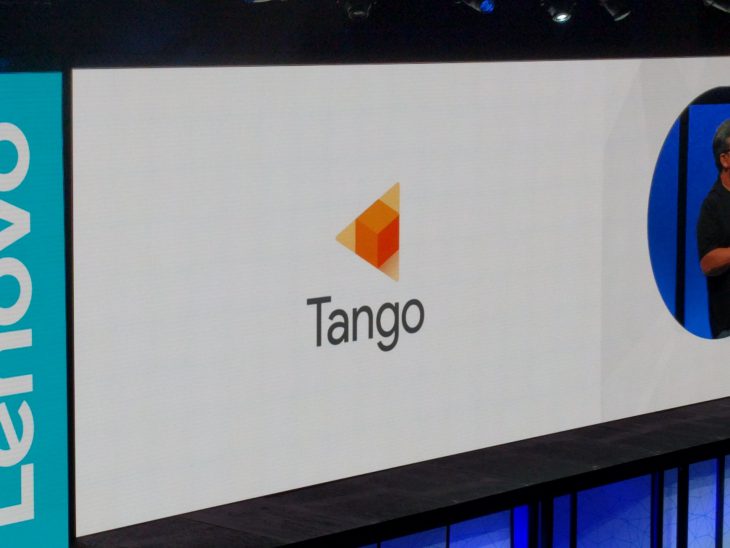
Google’s Tango platform, which allows devices to map their position in the physical world using cameras and an array of high-end sensors has just seen its first consumer launch with Lenovo’s Phab2Pro. The collaboration between Google and Qualcomm to build that first Tango phone has been more clearly defined with Ron Amadeo at Ars Technica talking to Qualcomm about the collaboration.
The Lenovo Phab2Pro uses a Qualcomm Snapdragon 652, a somewhat strange decision at the outset, but Lenovo explained that they had been collaborating with Qualcomm on what they called the integrated sensor hub. The hub allows the Tango phone to capture over 250,000 pieces of data per second, with the data from all the components required to be timestamped to within 50 microseconds to accurately map the devices position in space.
Qualcomm calls the integrated sensor hub the ‘Snapdragon Heterogeneous Processing Architecture’ which allows for the SoC to run all the Tango sensors and processing involved in running the platform with ‘a “less than 10%” CPU overhead compared to a normal app’.
The ability to process all this with no additional dedicated processors means that there’s lower hardware barriers to entry, simply requiring the additional depth sensor and motion tracking camera on the rear of the phone. Qualcomm has announced that Tango support has been included on both the Snapdragon 820 as well as the 652, and that upcoming Snapdragon 600 and 800 series chips will also support Tango.
Seshu Madhavapeddy, VP of product management for Qualcomm, told Ars Technica
We are committed to Tango and we believe in this technology. We see broad adoption of this technology as forthcoming and we would like to support that.
At this stage, Lenovo is the only manufacturer to have announced a Tango device beyond the developer tablets and phones that have been announced. Lenovo Australia hasn’t confirmed availability for the phone here in Australia as yet, but it will be going on sale in the US later this year for $499. We’ll be getting hold of the Lenovo Phab2Pro if we have to import it, if you want to see our hands on with the phone you can check it out here.




